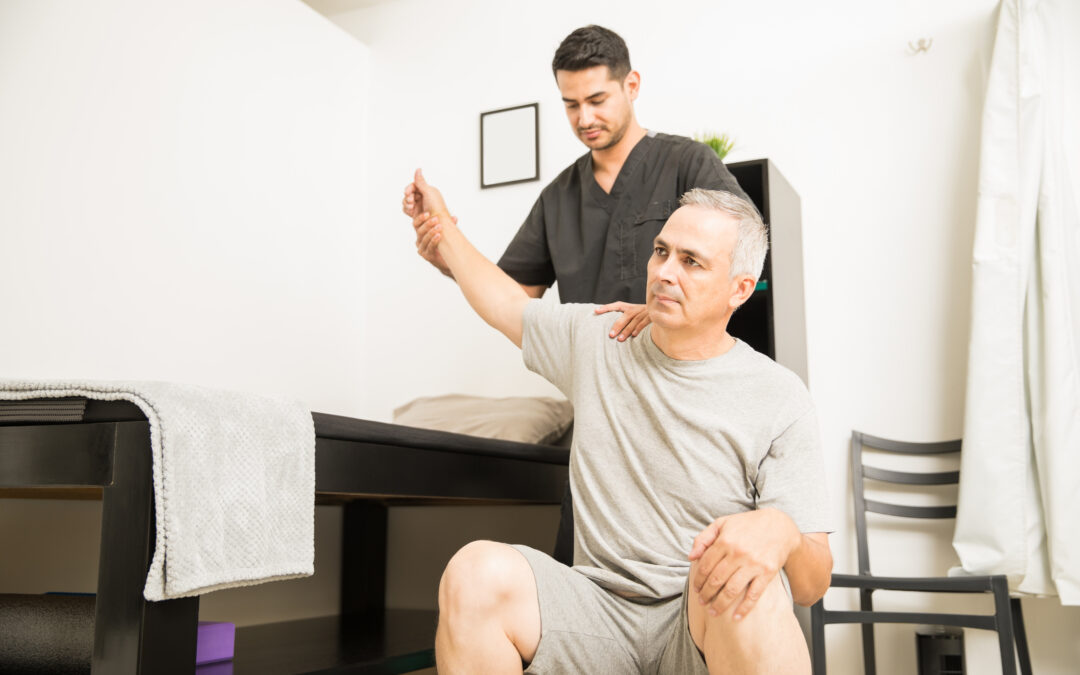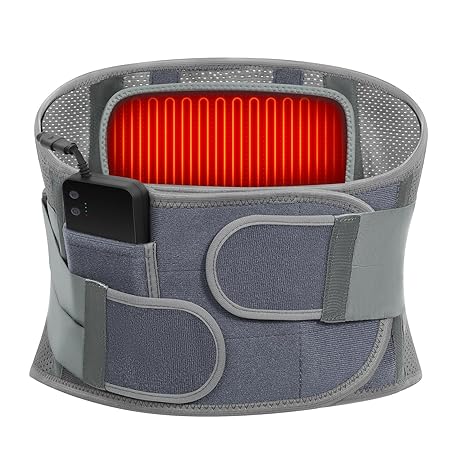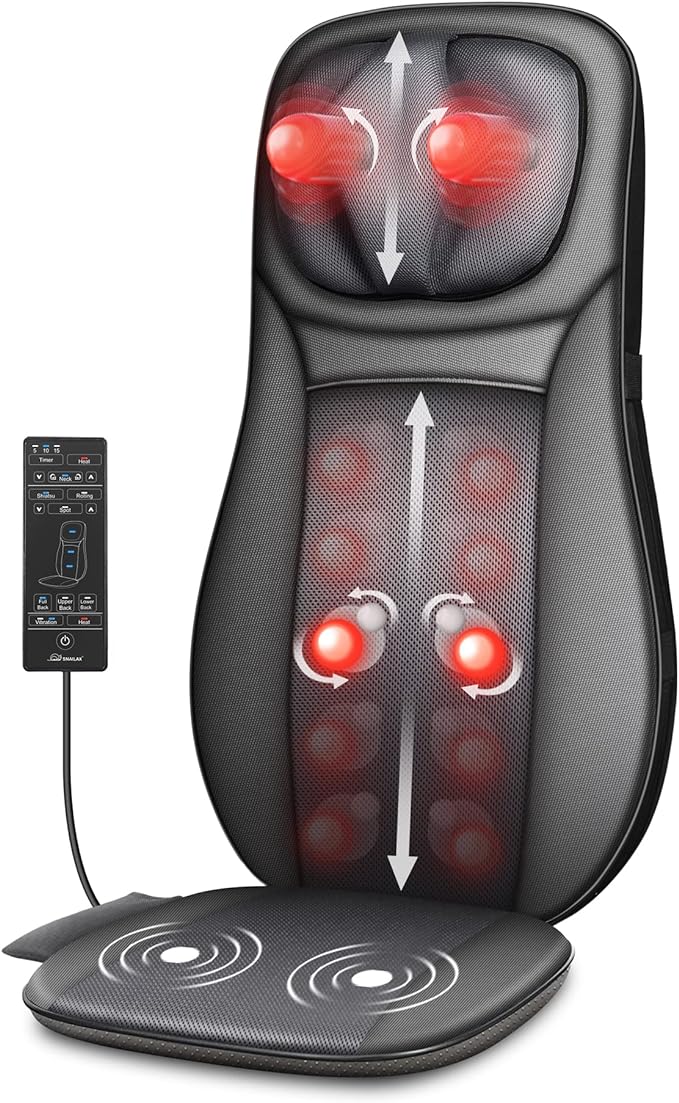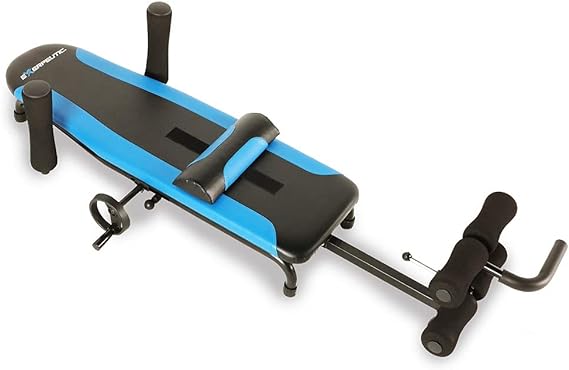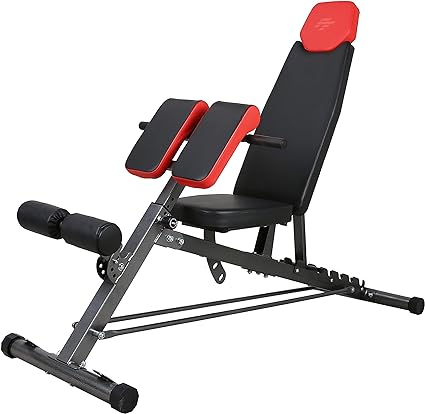Different Root Causes Of Back Pain
Back pain can arise from various causes. Often, it could be due to musculoskeletal issues like strain, sprain, or damage to the discs or ligaments in the back.
An incorrect posture, sudden movement, or lifting something heavy can often lead to such issues. Chronic conditions like arthritis and osteoporosis can also cause back pain.
Other times, problems related to internal organs, such as kidney stones or infections, could cause pain in the back.
Psychological factors, like stress and depression, can also contribute to back pain. It’s important to identify the cause properly to address back pain effectively.
Role of Psychological Factors In Lower Back Pain
Psychological factors play a significant role in lower back pain and its severity. It’s been observed that stress, depression, and anxiety can exacerbate physical symptoms, including back pain, making it more difficult for the individual to recover.
This is because stress triggers the body’s “fight or flight” response, leading to muscle tension, which can exacerbate lower back pain.
Moreover, individuals with depression often experience amplified pain sensations due to the interplay between mood and pain perception.
Therefore, a holistic approach to managing lower back pain that includes addressing psychological stressors can be effective in alleviating symptoms.
How we can differentiate in pain is it due to physical effect or psychological effects
Distinguishing between physical and psychological causes of pain can be complex, as they often intertwine and amplify each other.
However, there are a few telltale signs that may indicate the source of the pain.
Physical pain, caused by an injury or a disease, is often localized and can be traced back to a specific event or condition. It may also be accompanied by visible signs like swelling or redness.
On the other hand, psychological pain often manifests as chronic pain without a clear physical cause. It may fluctuate with emotional state and is often associated with symptoms like anxiety, depression, or sleep disturbances.
However, it’s crucial to remember that only a healthcare professional can accurately diagnose the cause of pain, so it’s important to seek medical help when experiencing persistent discomfort.
Comparison Of Physical Effect Or Psychological Effects Of Lower Back Pain
Signs
Causes
Symptoms
Treatment
Examples
Diagnosis
Physical Effects of Lower Back Pain
- Localized pain, swelling, and redness
- Injury, disease, poor posture, heavy lifting
- Pain, stiffness, limited motion
- Rest, heat/cold application, over-the-counter pain relievers, physical therapy
- Muscle strain, herniated disc, arthritis
- Physical examination, imaging tests
Psychological Effects of Lower Back Pain
- hronic pain, fluctuations with emotional state
- Stress, anxiety, depression
- Pain, sleep, Mood changes, disturbances
- Stress management techniques, lifestyle changes, psychological therapy,
- Stress-induced back pain, pain due to depression
- Psychological evaluation, detailed patient history
The Fastest Way To Recover From Back Pain
The fastest way to recover from back pain depends on the root cause of the pain, but there are general strategies that can alleviate discomfort and promote healing.
These include rest, application of heat or cold, over-the-counter pain relievers, gentle stretching, and consistent physical activity. It’s also important to maintain good posture and avoid heavy lifting when possible.
However, it’s crucial to seek medical advice for persistent or severe back pain, as these could indicate a more serious underlying condition.

How to apply Heat and cold in lower back pain?
Applying heat and cold effectively to alleviate lower back pain involves a few simple steps. Heat therapy can be performed using a heating pad or hot water bottle.
Place the heat source on the affected area for 15-20 minutes at a time, ensuring it’s not too hot to avoid burns. This helps in relaxing the muscles and improving blood flow.
Cold therapy, on the other hand, can be done with a cold pack or a bag of frozen peas wrapped in a thin cloth.
Apply it to the painful area for 15 minutes, then take a break for at least an hour before reapplying to prevent frostbite.
This method is useful in reducing inflammation and numbing the area. Remember, it’s essential to seek medical advice before starting any treatment.
Over-The-Counter Pain Relievers
Several over-the-counter pain relievers can be used to alleviate back pain.
Nonsteroidal anti-inflammatory drugs (NSAIDs) such as ibuprofen (Advil, Motrin) or naproxen (Aleve) can be effective. Acetaminophen (Tylenol) is another common choice.
Always follow the manufacturer’s guidelines for use, and remember that these should not be used as a long-term solution.
If back pain persists, consider consulting with a healthcare professional for further advice.
How To Apply Gentle Stretching For Back Pain Relive
Gentle stretching can be highly beneficial in alleviating back pain, but it’s important to apply it correctly to avoid further injury.
Begin by warming up your body with a few minutes of light aerobic activity, like walking or cycling, to get your blood flowing and make your muscles more pliable.
Once warmed up, you can start with simple stretches. For example, a knee-to-chest stretch involves lying on your back and bringing one knee up to your chest at a time, holding for about 30 seconds, and repeating with the other leg.
A child’s pose stretch requires you to kneel on the floor, sit back on your heels, and extend your arms in front, holding the position for a few moments.
Remember, these stretches should never cause pain, only a gentle pull. Breathe deeply and hold each stretch for about 15 to 30 seconds, repeating them a few times.
Always listen to your body and stop any stretch that causes discomfort. If pain persists, it would be advisable to consult with a healthcare professional.
Different types of consistent physical activity
Consistent physical activity is crucial in managing and preventing back pain. It not only helps maintain a healthy weight, thereby reducing pressure on the back, but also builds strength and flexibility in the back muscles.
Some effective activities include:
Walking:
This is a simple and low-impact exercise that improves circulation, strengthens the back and leg muscles, and enhances spine stability.
Swimming:
Water exercises or swimming are gentle on the back. The buoyancy of water reduces stress on the joints and muscles while providing resistance for strengthening.
Yoga:
Yoga combines stretching, strength training, and balance exercises, making it a comprehensive activity for back health. Poses like the cat-camel stretch, downward facing dog, and child’s pose can be particularly beneficial.
Pilates:
Pilates exercises focus on core strength, which is crucial for supporting the spine and preventing back pain.
Cycling:
Either stationary or outdoor cycling can provide a good workout, helping to strengthen the leg and back muscles without high impact on the spine.
Remember, start slow and gradually increase the intensity and duration of these activities.
Always listen to your body and stop any activity that causes pain.
It’s also advisable to consult with a healthcare professional before starting a new exercise regimen to ensure it’s suitable for your specific condition.
Maintain A Good Posture
Maintaining good posture is essential in preventing back pain. Here are some tips:
Standing Posture:
Stand straight with your weight evenly distributed on both feet. Tuck your stomach in and pull your shoulders back, ensuring your ears align with your shoulders. Avoid locking your knees.
Sitting Posture:
Choose a chair with good lower back support. Keep your feet flat on the floor (or on a footrest if they can’t reach the floor), and let your knees and hips form a 90-degree angle. Keep your shoulders relaxed and your back against the chair, and avoid slouching or leaning forward.
Lifting Posture:
Always bend at your knees, not your waist, when lifting something heavy. Keep the object close to your body, and use your legs, not your back, to lift.
Sleeping Posture:
Use a mattress and pillow that support the natural curves of your spine. Sleep on your side or back rather than your stomach.
Workstation Set-Up:
Keep your computer monitor at eye level, and your keyboard and mouse at a height that allows your wrists to be straight.
Remember, changing your posture may feel uncomfortable initially because your body has become so used to sitting and standing in a particular way.
But with a bit of practice, maintaining good posture can become a good habit and is key to maintaining a healthy back.
